AO Edited
Gastro Obscura
Pineapple Dump Pier
A local pineapple cannery once dumped pineapple trimmings off of this pier, with sometimes smelly results.
On a walk in Kapaʻa, a beach town on the eastern end of Kauaʻi, you might see a tan pier rising out of lush greenery to jut into the ocean. Saunter across the sandstone path to the pier and you’ll notice that it’s blocked by a metal fence emblazoned with pineapples.
Why pineapples, you might ask? Because some 60 years ago, employees of Hawaiian Canneries Company would guide entire railroad cars full of pineapple trimmings to this pier and unload them, spikes and all, into the ocean.
These trimmings were the refuse of a Hawaiian industry that led the world in pineapple production in the 1930s and remained a global powerhouse until it began to decline during the 1960s.
Though pineapples are not native to Hawaiʻi, the fruit was being cultivated by Indigenous Hawaiians and growing wild by the time American missionaries first arrived in 1820. During the remainder of the 1800s, Americans converted large swaths of Hawaiʻi into sugar plantations, culminating in plantation owner Sanford Dole leading a successful campaign to depose Queen Liliʻuokalani and make Hawaiʻi a part of the United States. In 1899, his cousin James Dole founded a pineapple farm and cannery that set off an explosion in the crop’s production. In the following decades, many of the island’s inhabitants would engage in backbreaking, dangerous labor on pineapple plantations.
In 1913, the Hawaiian Canneries Company set up shop in the area of Kapaʻa now occupied by the Pono Kai resort. According to a 2003 article in the Star Bulletin, the company’s pineapple plantation and canneries took up some 315 acres in Kapaʻa and paid about $1.7 million annually to its 2,000 workers. A volunteer docent at the Kauaʻi Historical Society who was interviewed for the article said, “Almost everybody who lived in Kapaʻa during that time remembers working in the cannery during the summer as kids.”
At the cannery, workers trimmed the crowns and skins of huge quantities of pineapples before packaging the fruit. On Sundays, employees would load as many as three train cars’ worth of pineapple waste onto a nearby sugarcane plantation’s railroad, back the cars onto the pier, and dump the garbage into the Pacific. According to Pono Kai’s website, the town’s residents “speak fondly of watching the pineapples zip down the fields pulled by the mini-train.”
On a good week, the trimmings would disappear into the ocean for the fish to deal with. On a bad week, according to a sign along the pier, “Unfavorable winds and currents pushed the floating pineapple debris back to Kapaʻa, creating a terrible mess and foul stench as it washed up on the town beaches.”
In 1962, the Hawaiian Cannery Company shut down, and by 2007, all of the state’s major canneries had closed. Though the pier is now blocked off by the pineapple fence, it’s surrounded by rolling greenery and a gazebo. The area just before the fence offers a beautiful ocean view and, travel bloggers say, a perfect whale-watching spot. So look out for humpbacks, take a glorious, salty breath, and be thankful that the air smells like the Pacific Ocean, not rotting pineapples.
Know Before You Go
You can walk or bike to the Pineapple Dump Pier via the East Side of the Kauaʻi Path, a paved, shared-use path along the island’s coast.


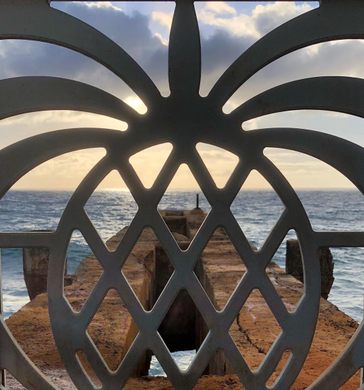

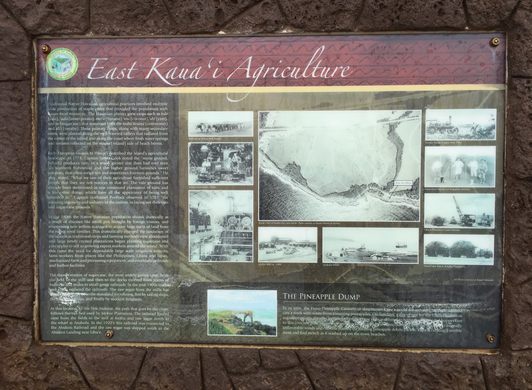

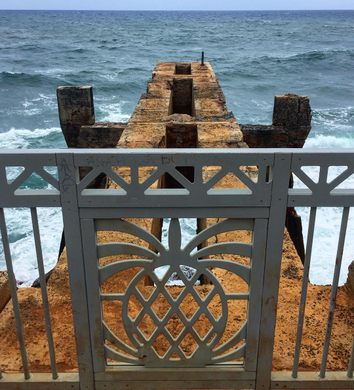



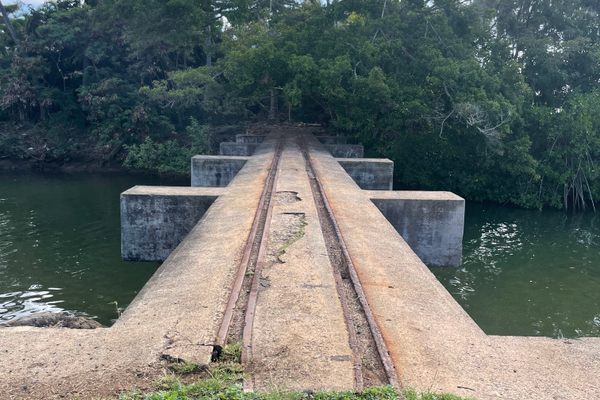
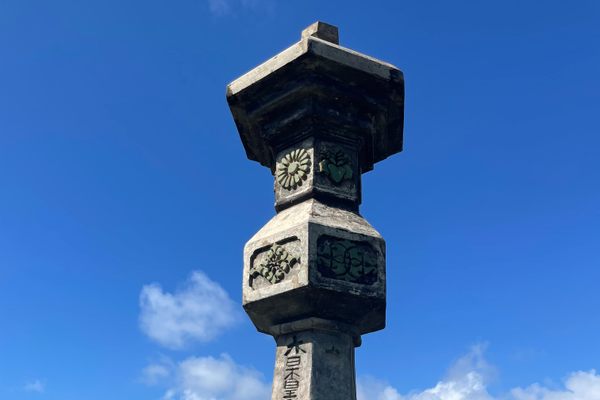

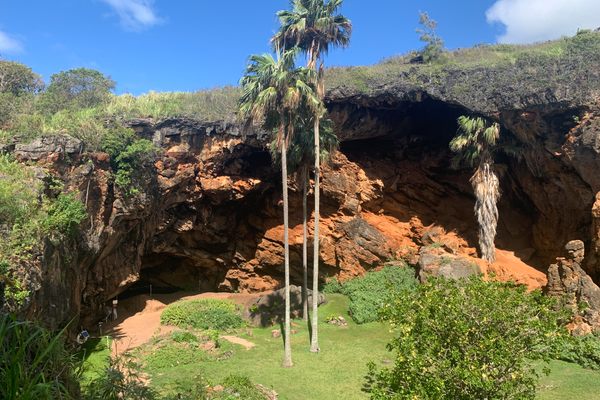
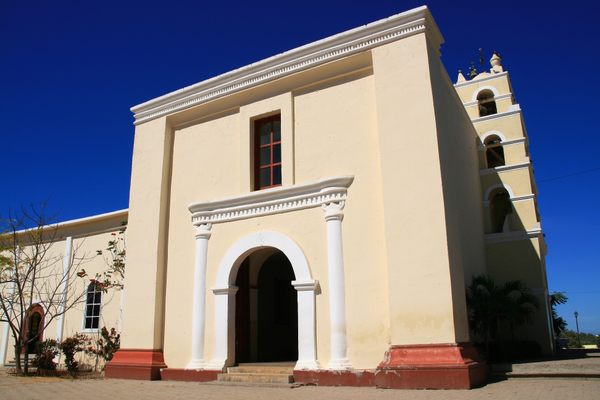




Follow us on Twitter to get the latest on the world's hidden wonders.
Like us on Facebook to get the latest on the world's hidden wonders.
Follow us on Twitter Like us on Facebook